Explore practical lessons on supplements, nutrition, and wellness — from benefits and usage to evidence-based insights.
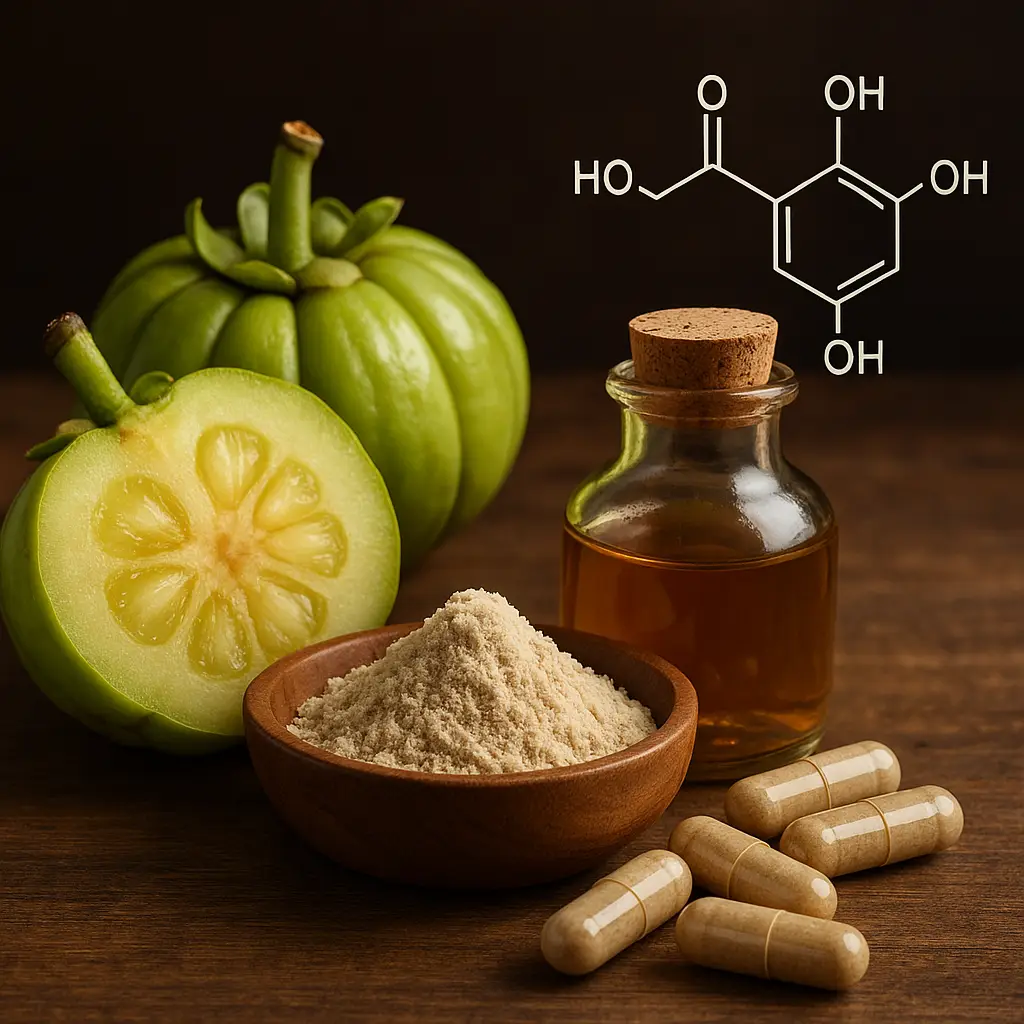
Garcinia Cambogia, often hailed as a weight loss miracle, is a tropical fruit that has gained immense popularity in the health and fitness community. This arti…
Read more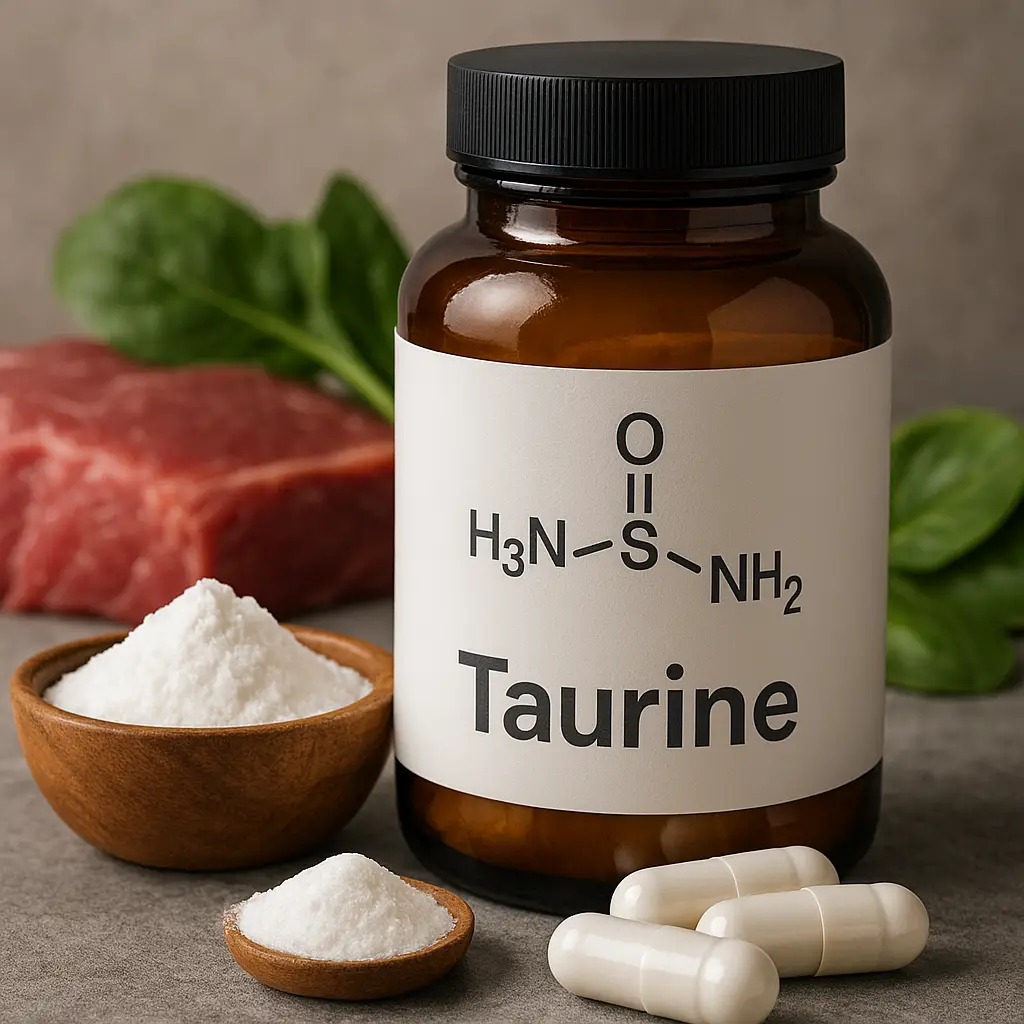
What is Taurine? Taurine is a sulfur-containing amino acid that plays a critical role in several physiological processes within the body. Unlike many …
Read more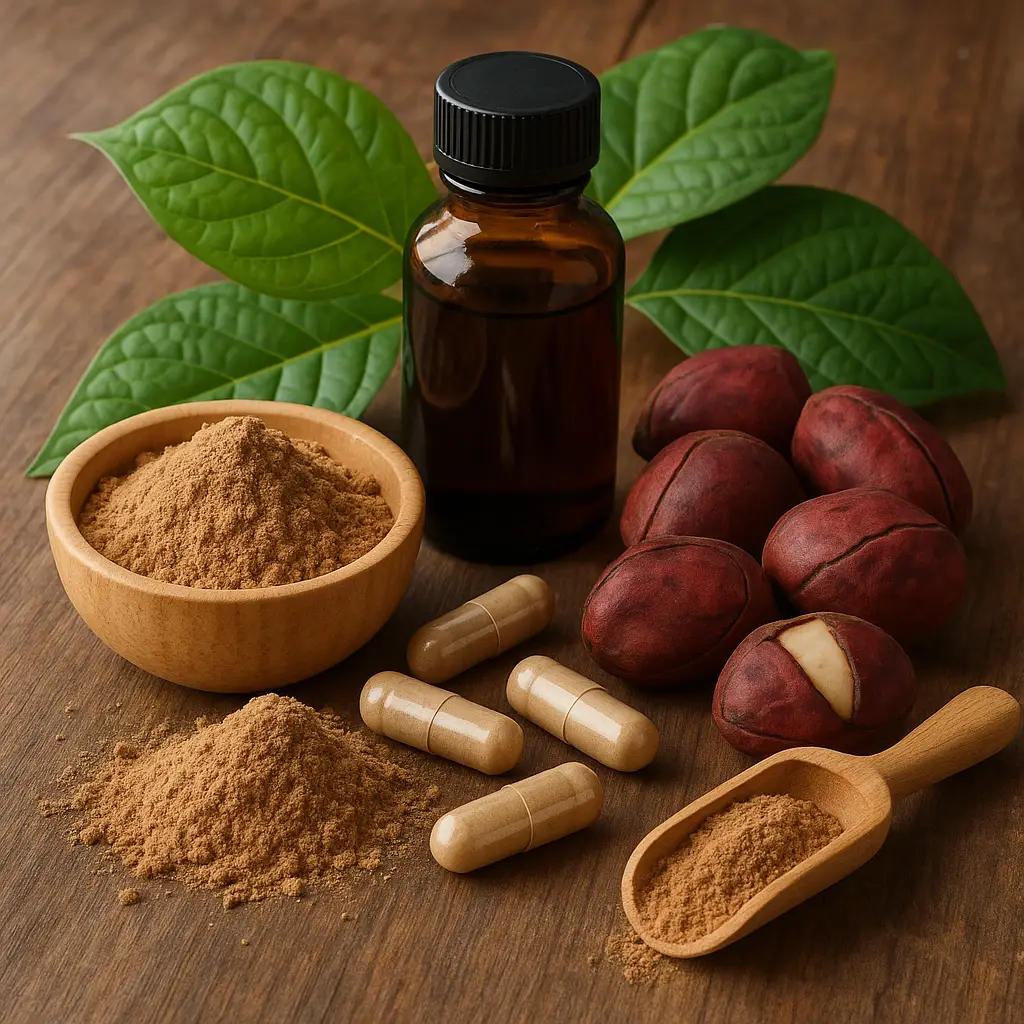
What is Kola Nut? Kola nut, derived from the seeds of the kola tree (genus Cola), is native to the tropical rainforest regions of Africa, primarily West Afric…
Read more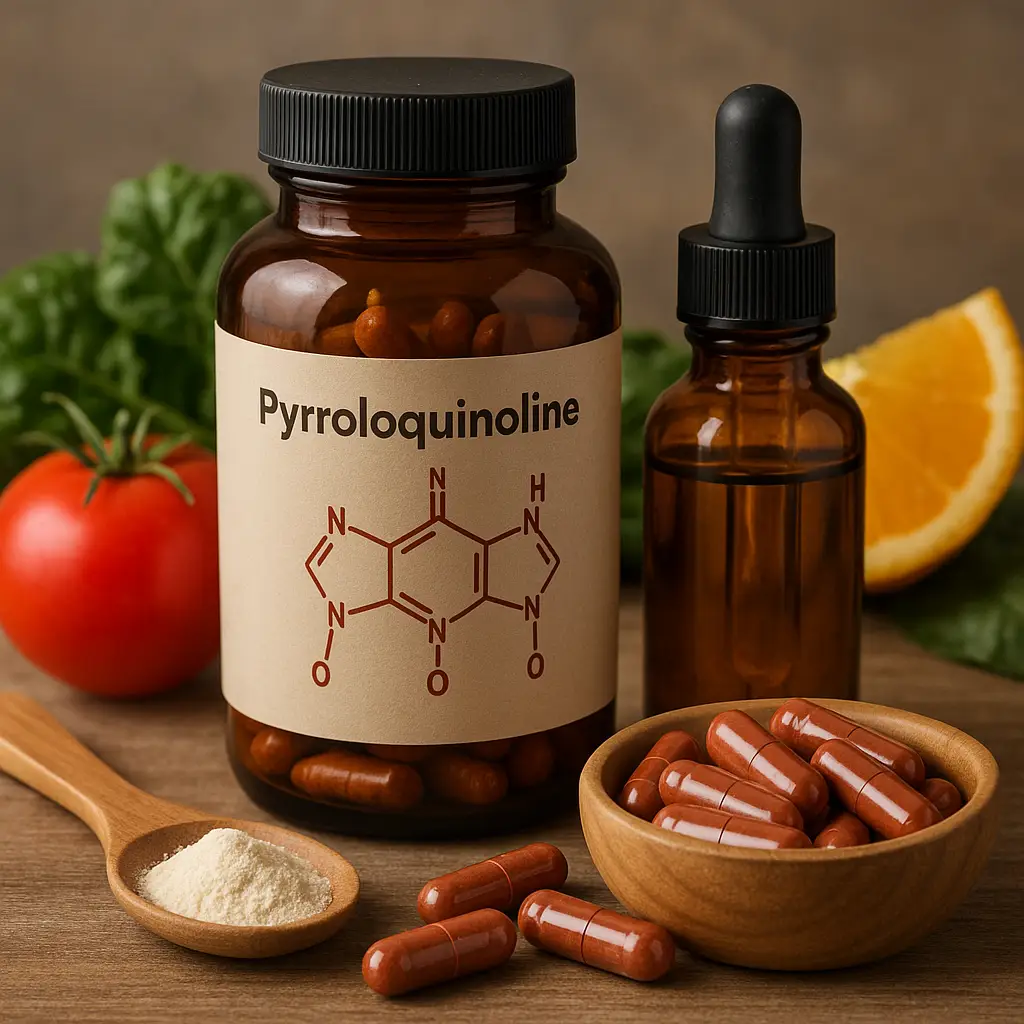
What is Pyrroloquinoline? Pyrroloquinoline quinone (PQQ) is a small bioactive compound belonging to the class of quinones. It was initially discovered as a co…
Read more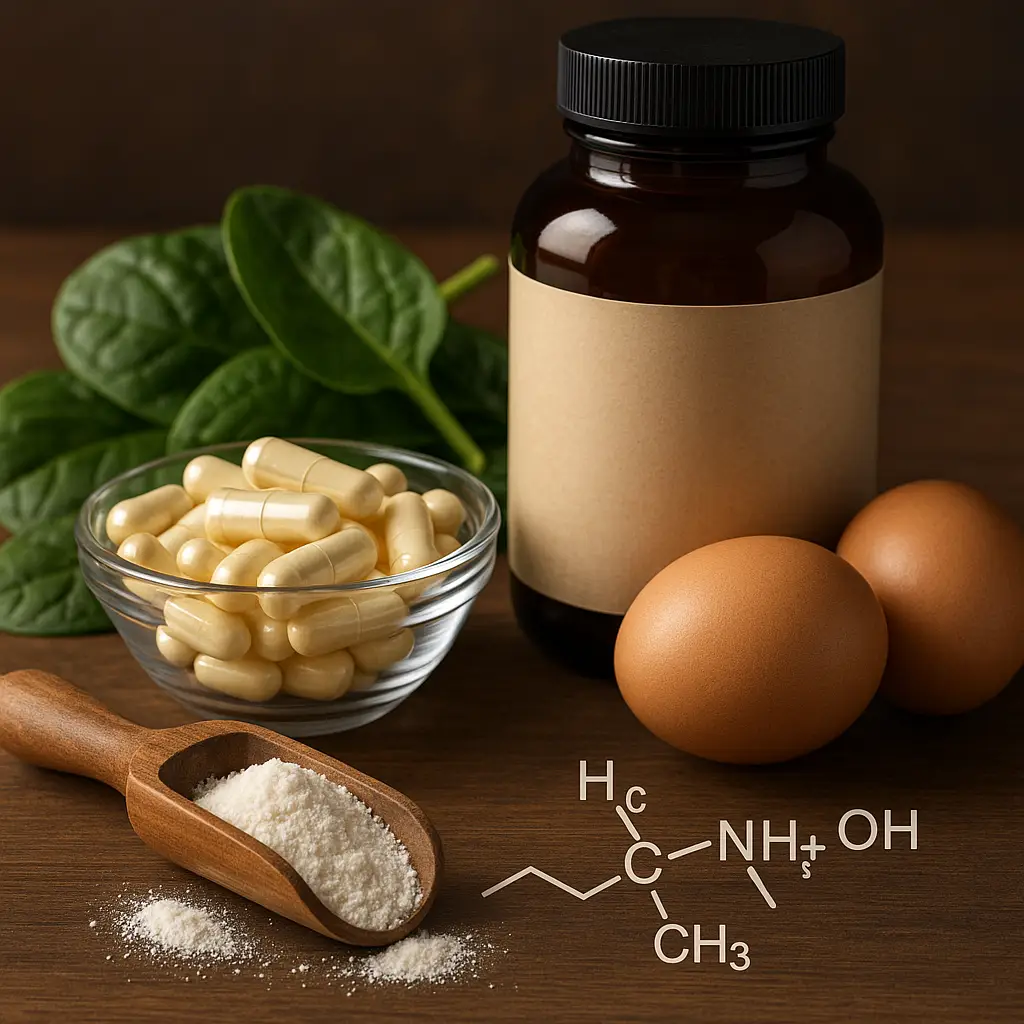
What is Choline? Choline is an essential nutrient that is often grouped with the B vitamins due to its similar functions. It is a water-soluble compound that …
Read more
L-Leucine: The Essential Amino Acid for Health and Performance L-Leucine is one of the three branched-chain amino acids (BCAAs), alongside isoleucine and va…
Read more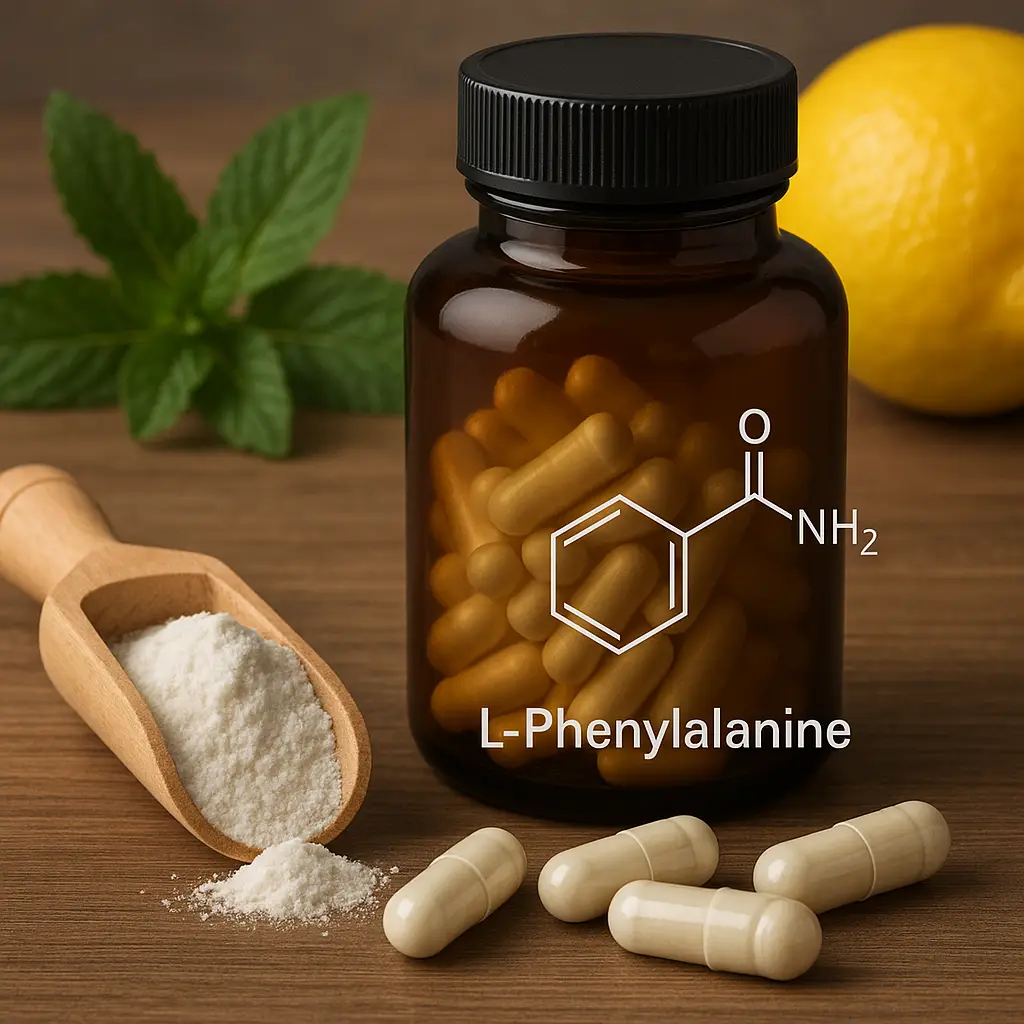
What is L-Phenylalanine? L-Phenylalanine is an essential amino acid, meaning it cannot be synthesized by the body and must be obtained through diet or supplem…
Read more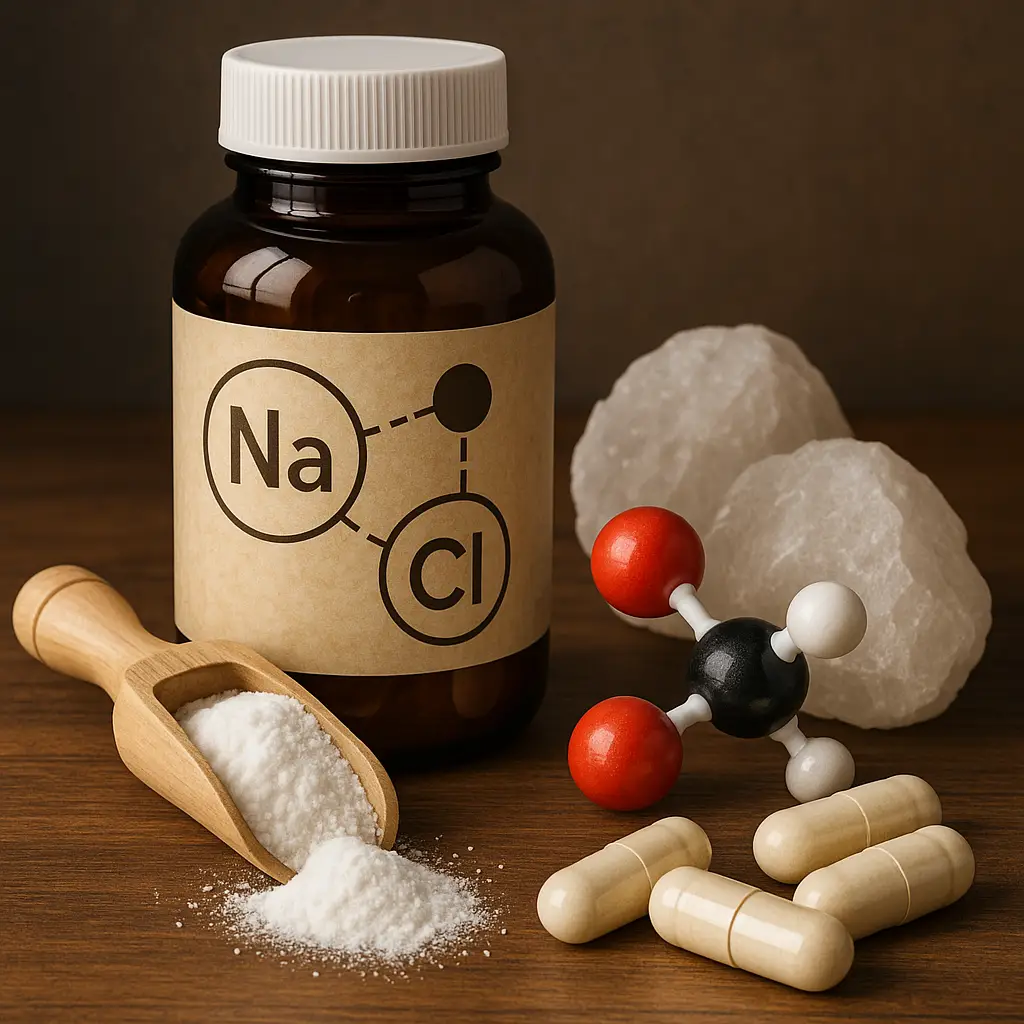
What is Sodium? Sodium is a mineral and an essential electrolyte that plays a crucial role in various bodily functions. It is primarily composed of sodium ion…
Read more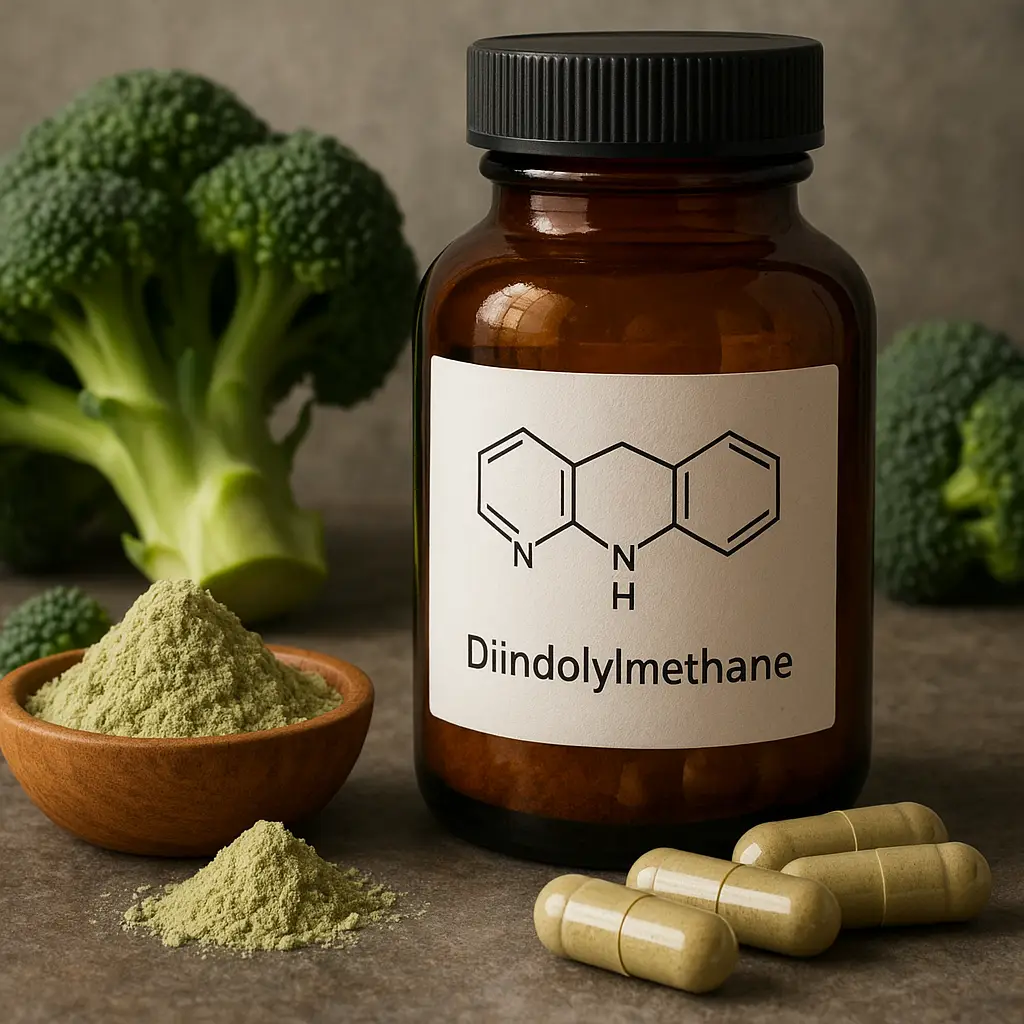
html What is Diindolylmethane? Diindolylmethane (DIM) is a compound derived from the digestion of indole-3-carbinol, a substance found in cruciferous vegetab…
Read more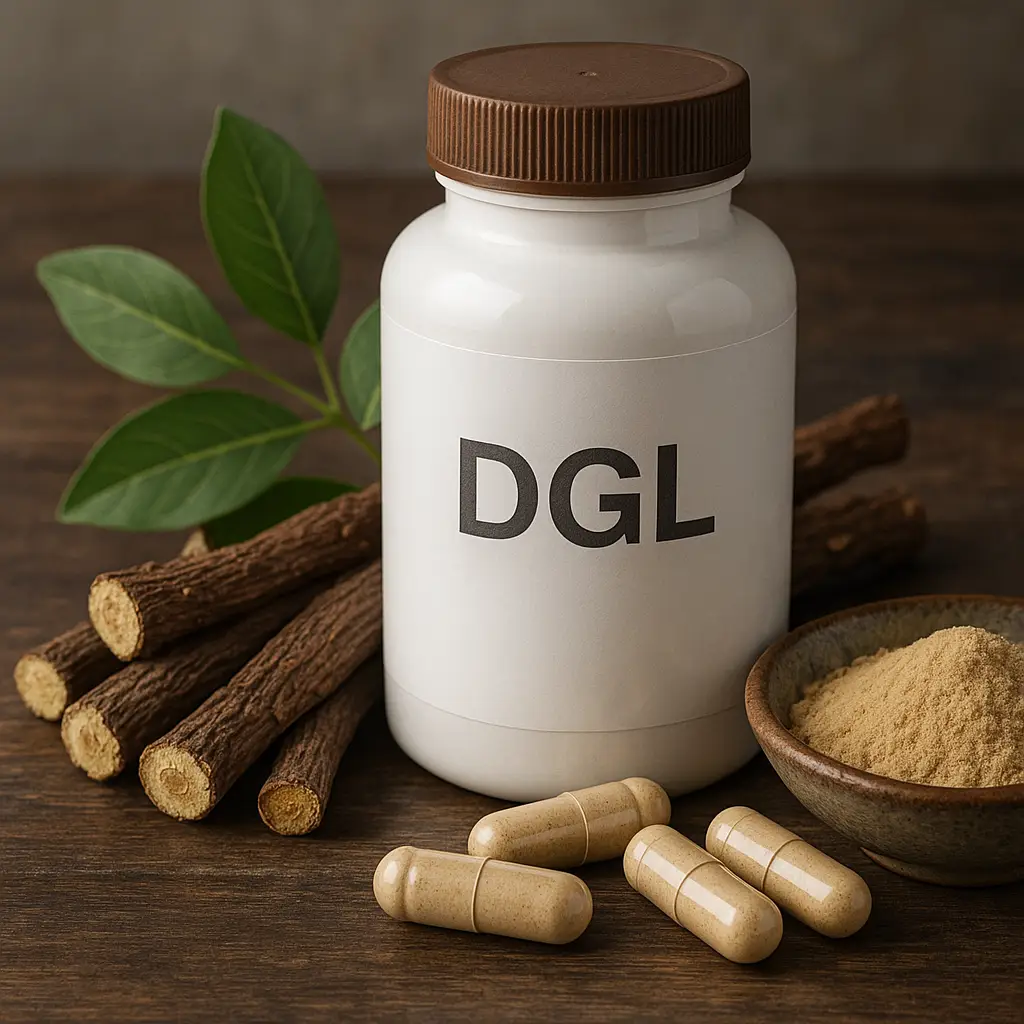
Understanding DGL: An Overview DGL, or deglycyrrhizinated licorice, is a purified form of licorice root that has been processed to remove glycyrrhizin, the …
Read more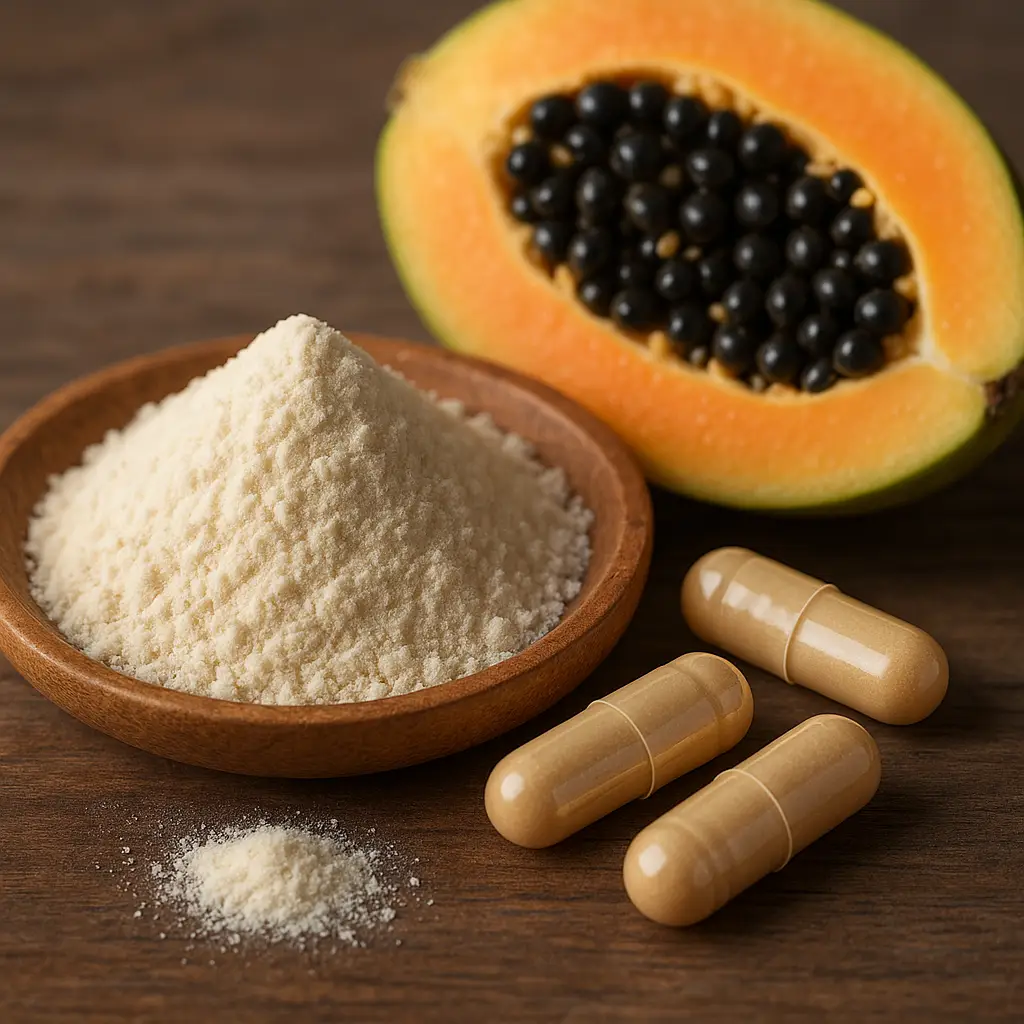
What is Papain? Papain is a proteolytic enzyme derived from the papaya fruit (Carica papaya). It is known for its ability to break down proteins, making it a …
Read more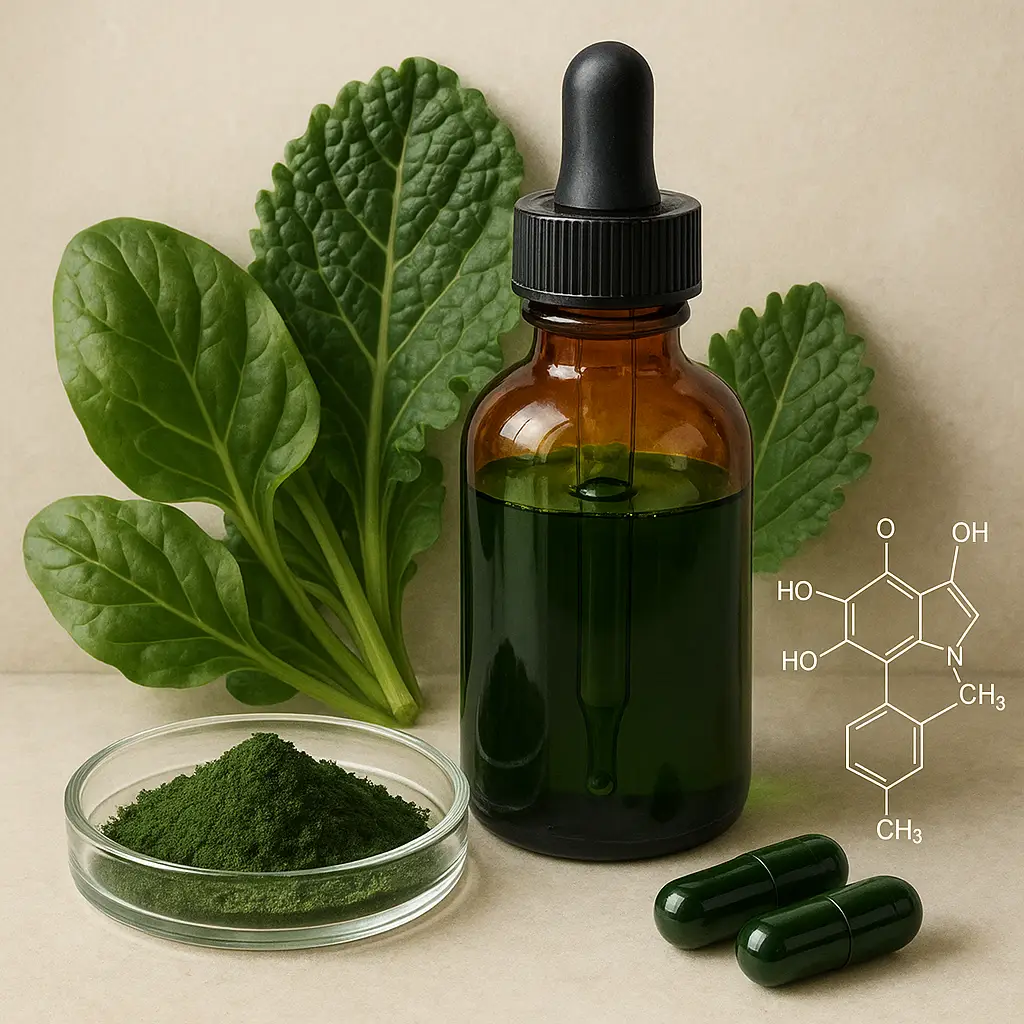
What is Chlorophyll? Chlorophyll is a green pigment found in plants, algae, and cyanobacteria that is crucial for photosynthesis, the process by which plants …
Read more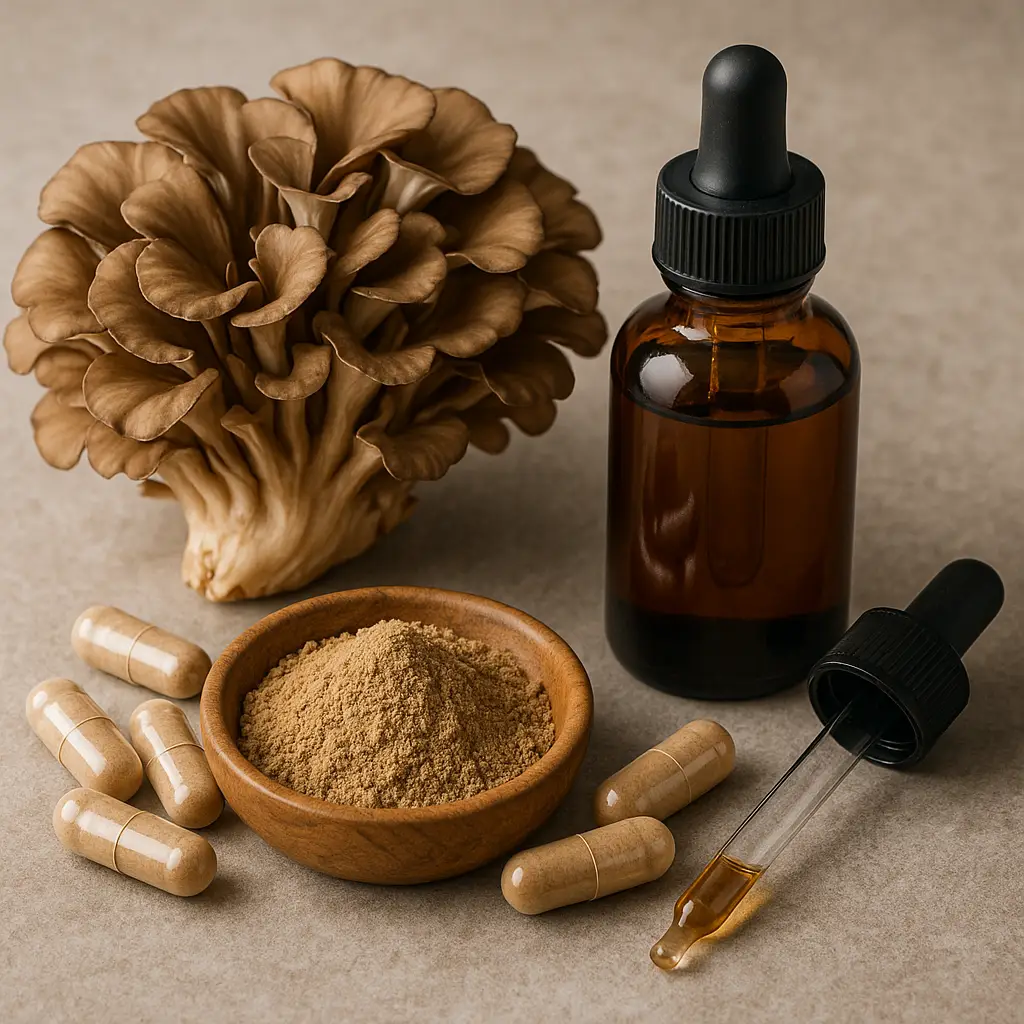
What is Maitake? Maitake, scientifically known as Grifola frondosa, is a type of medicinal mushroom renowned for its numerous health benefits. Native to East …
Read more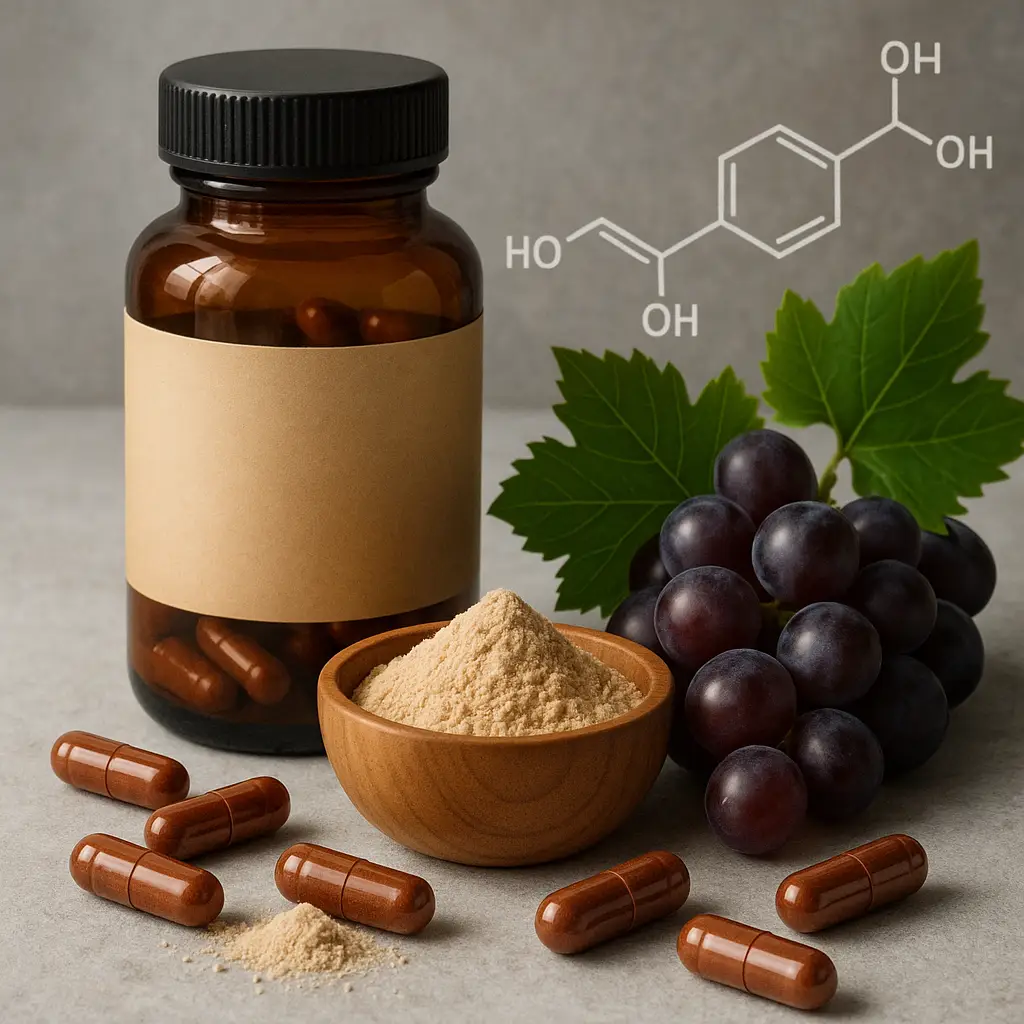
Understanding Resveratrol: The "Miracle" Compound Resveratrol is a naturally occurring polyphenolic compound found in various plants. It is particularly fam…
Read more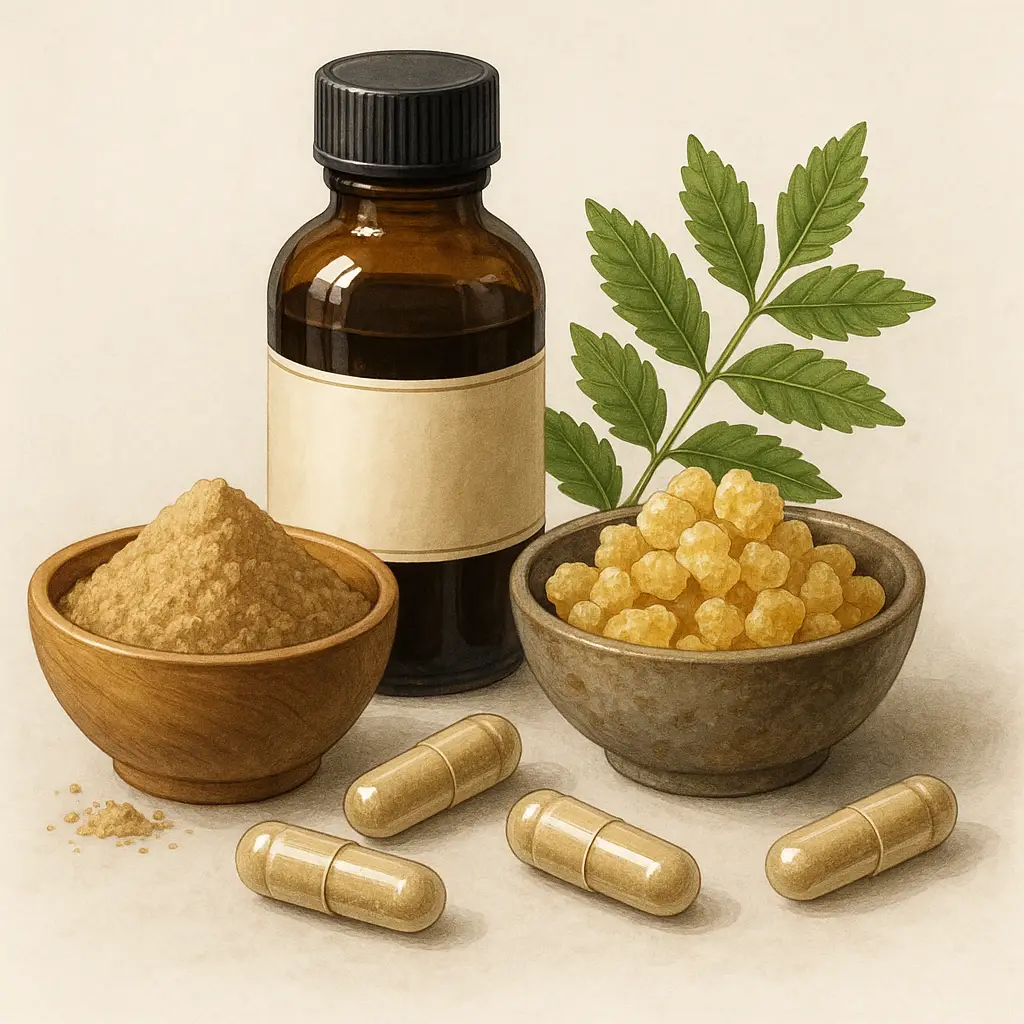
Boswellia Serrata: An Overview Boswellia Serrata, commonly known as Indian Frankincense, is a resin derived from the Boswellia tree, which grows predominantly…
Read more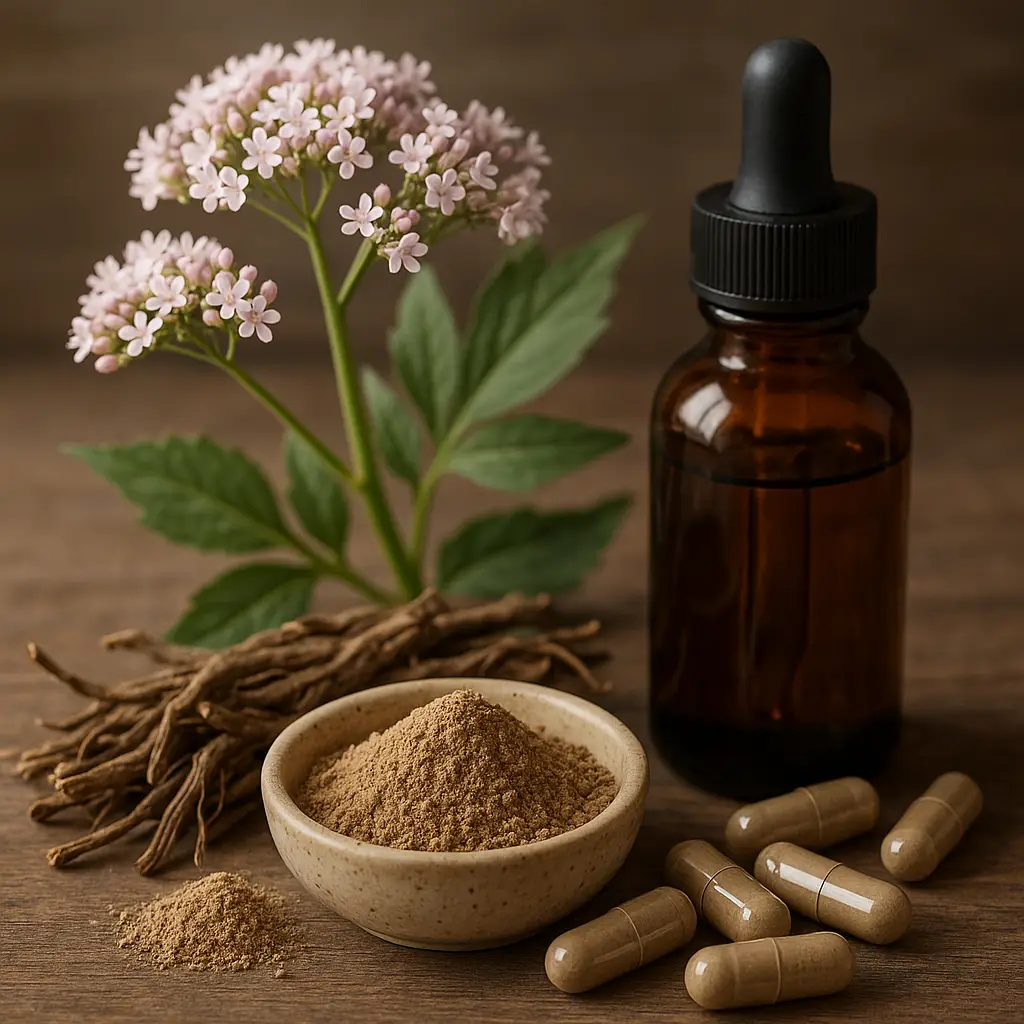
What is Valerian? Valerian, scientifically known as Valeriana officinalis, is a perennial flowering plant native to Europe and Asia. The plant's roots are com…
Read more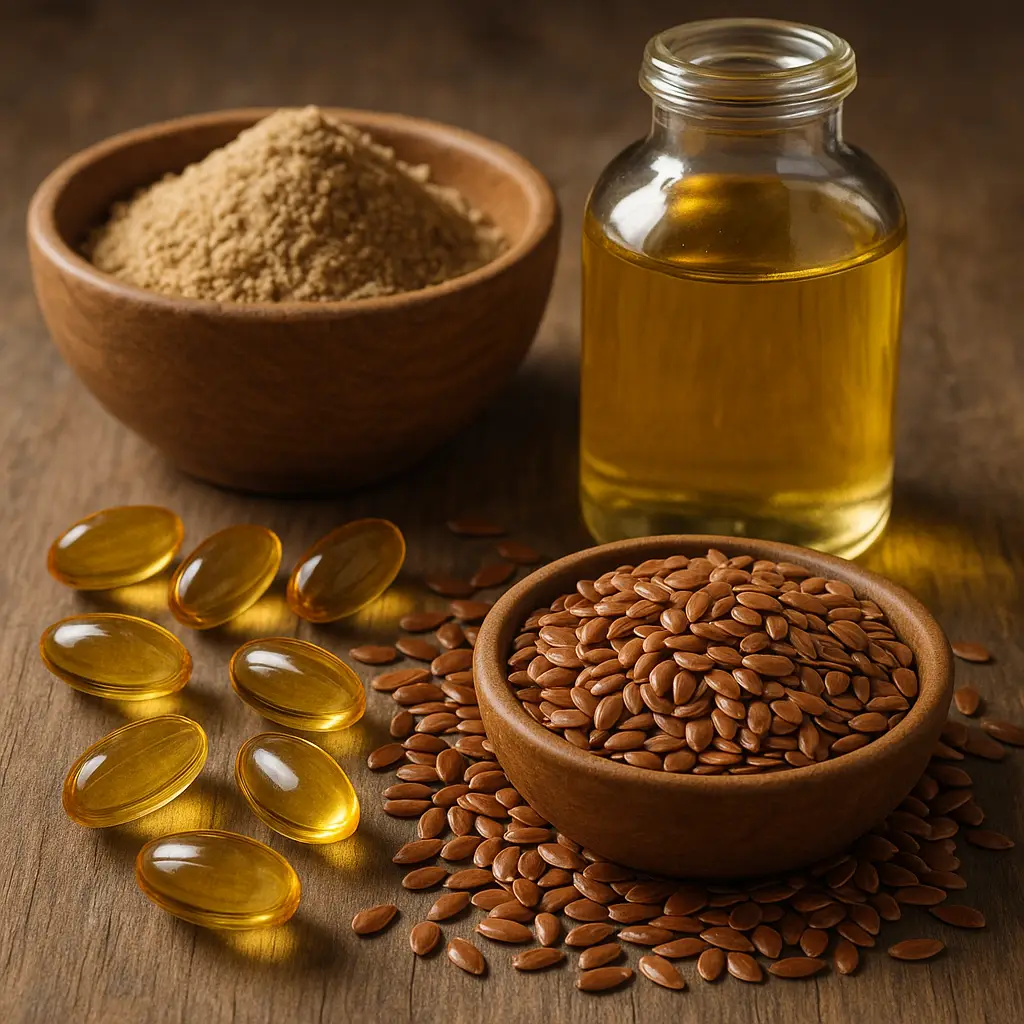
What is Flax Seed? Flax seed, also known as linseed, is derived from the flax plant (Linum usitatissimum), which has been cultivated for thousands of years fo…
Read more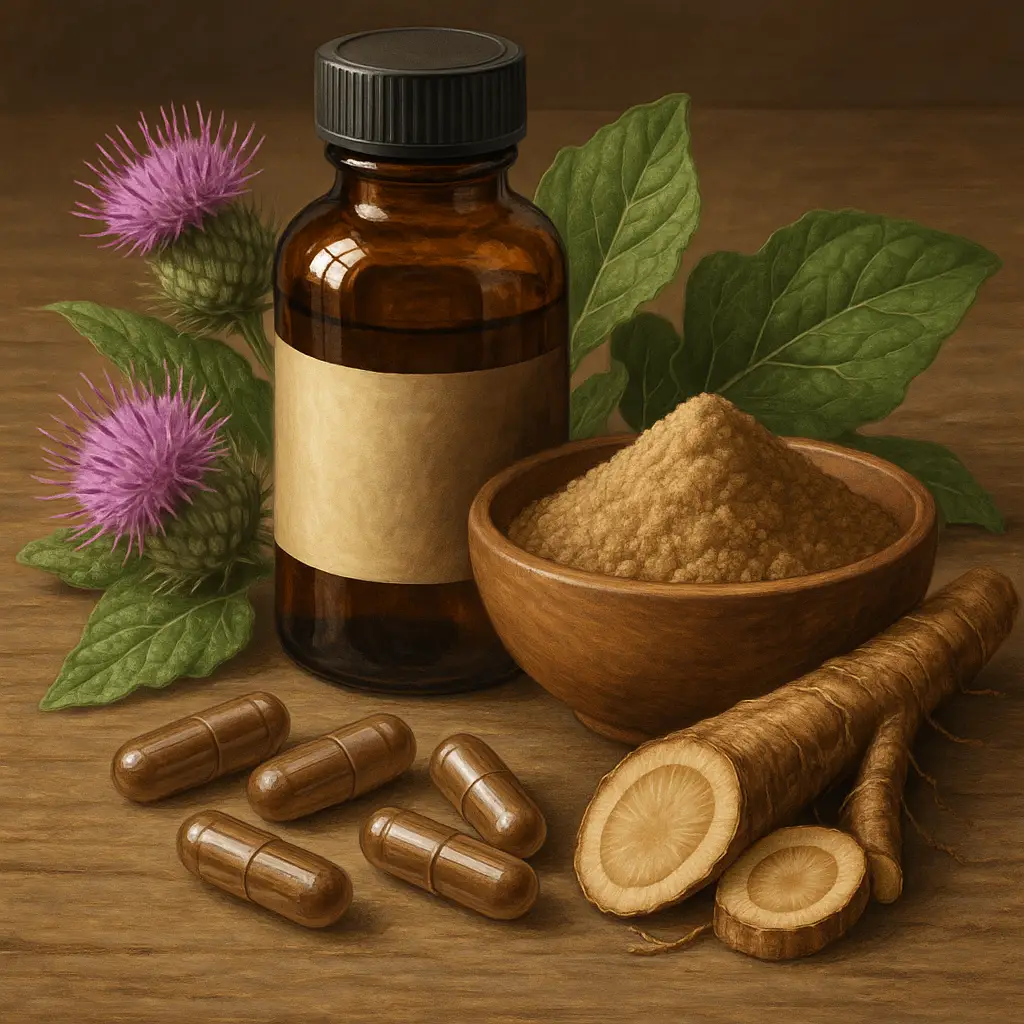
What is Burdock? Burdock, scientifically known as Arctium lappa, is a biennial plant that originates from Europe and Asia but is now found in various regions …
Read more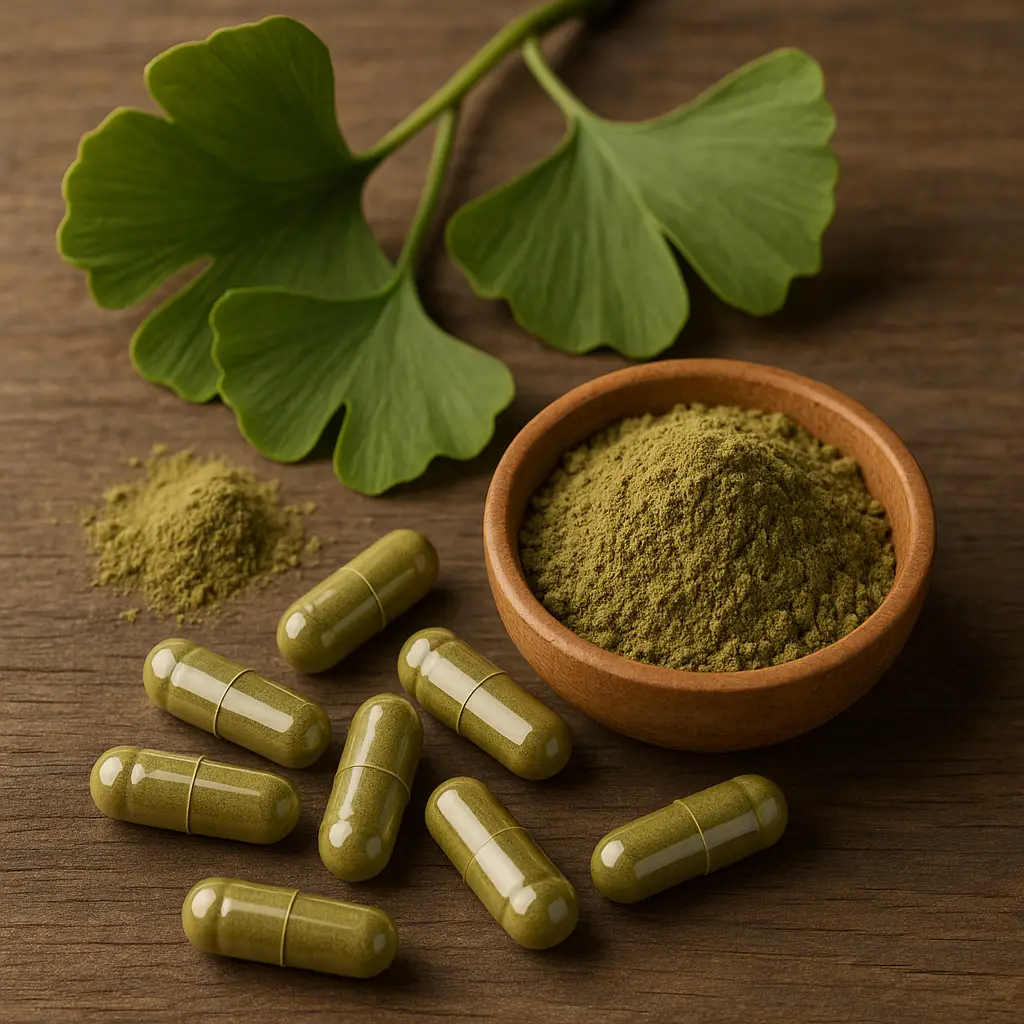
What is Ginkgo Biloba? Ginkgo biloba, often referred to simply as ginkgo, is a tree species native to China and renowned for its unique fan-shaped leaves. Con…
Read more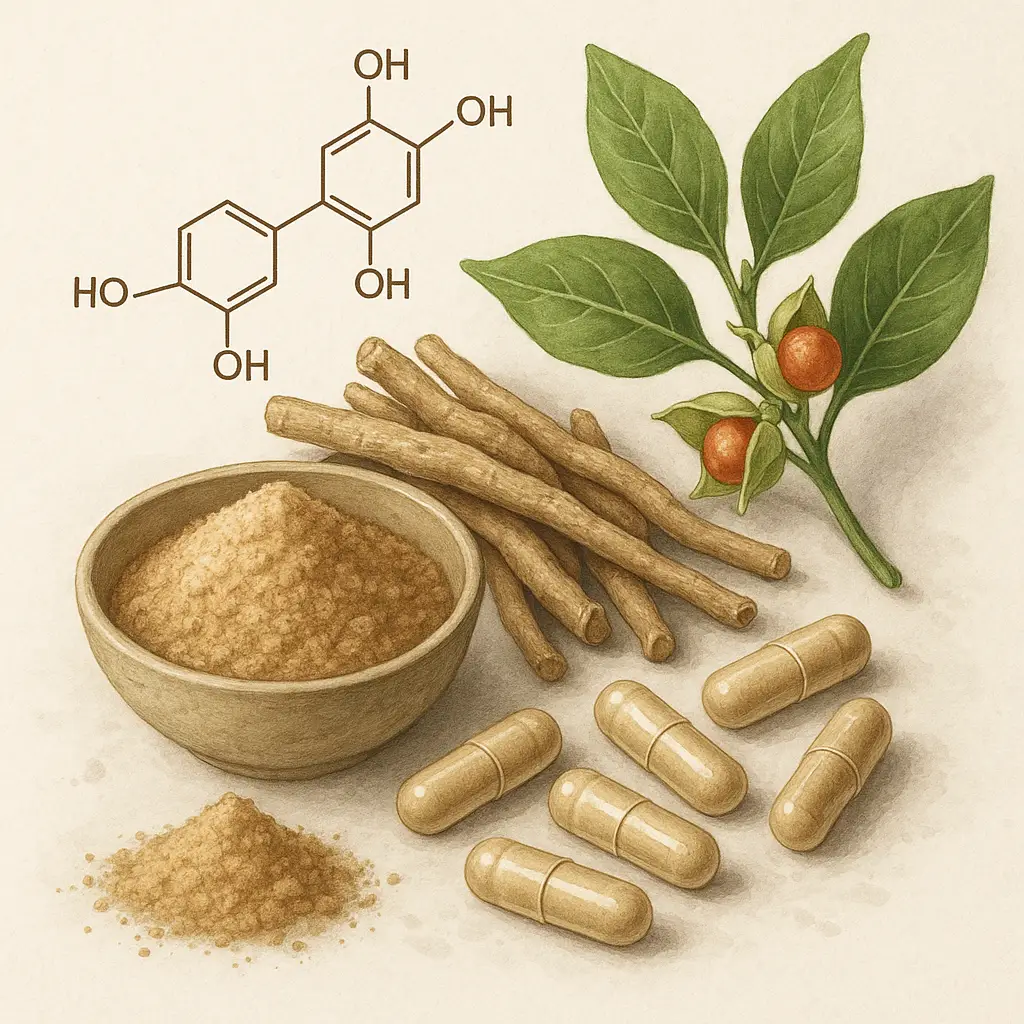
Ashwagandha, scientifically known as Withania somnifera, is an ancient medicinal herb that originates from the Indian subcontinent. Commonly referred to as "In…
Read more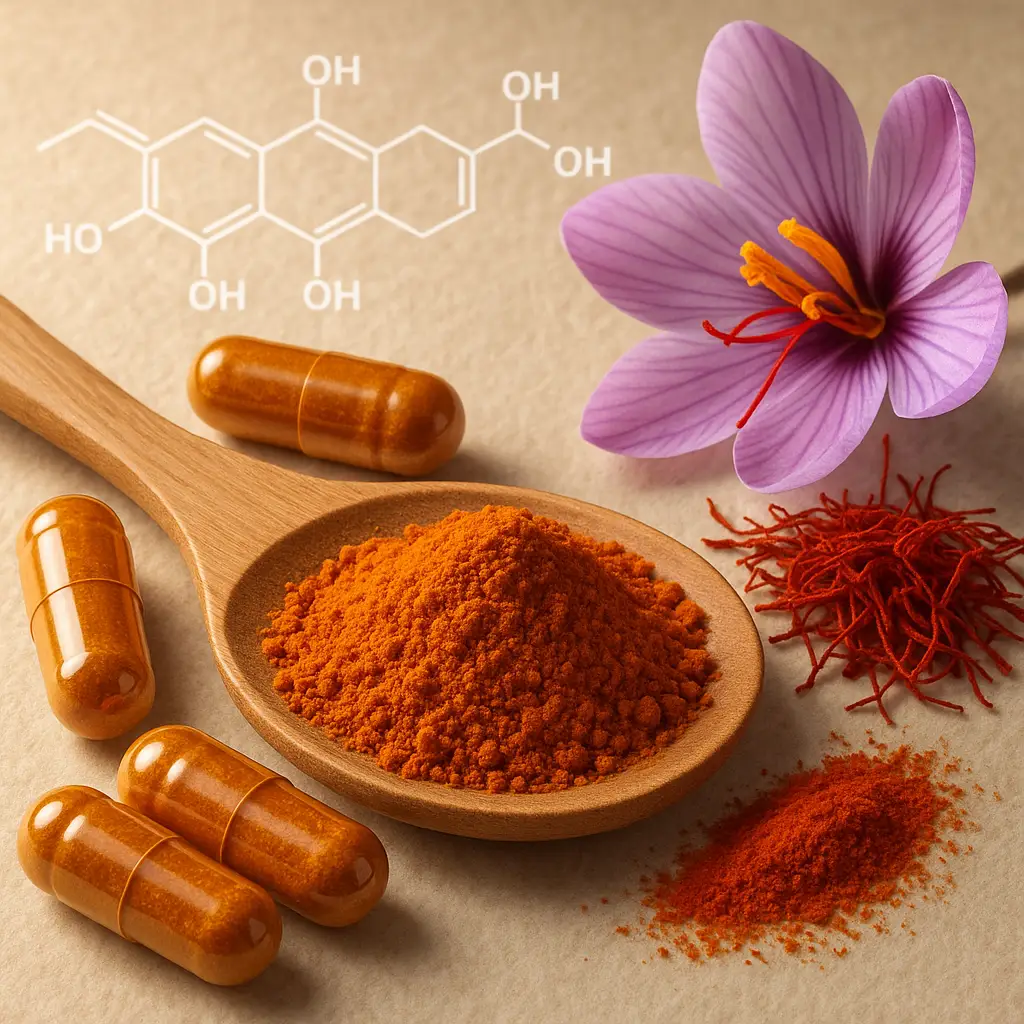
What is Saffron Extract? Saffron extract is derived from the flower of Crocus sativus, commonly known as the saffron crocus. This vibrant red plant is native …
Read more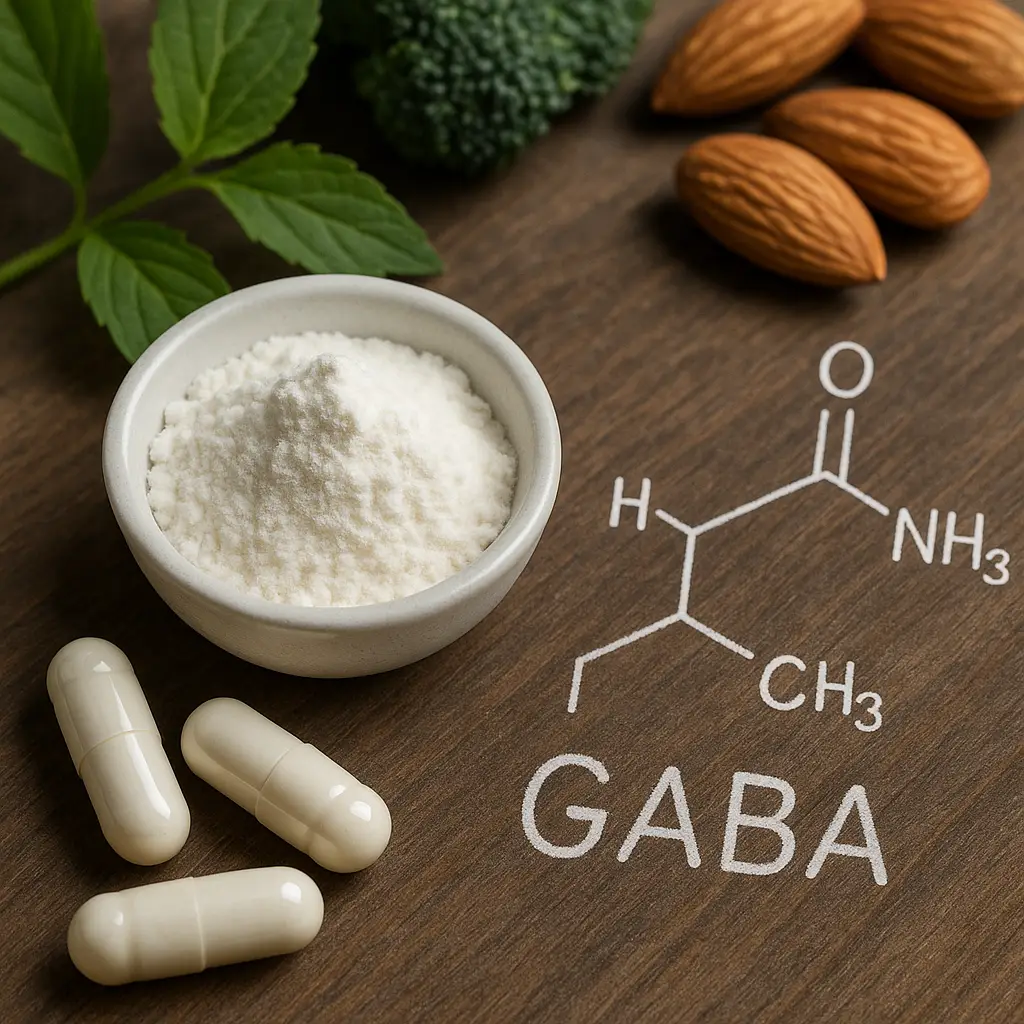
Understanding GABA: The Neurotransmitter for Health and Performance GABA (gamma-aminobutyric acid) is a naturally occurring neurotransmitter in the brain th…
Read more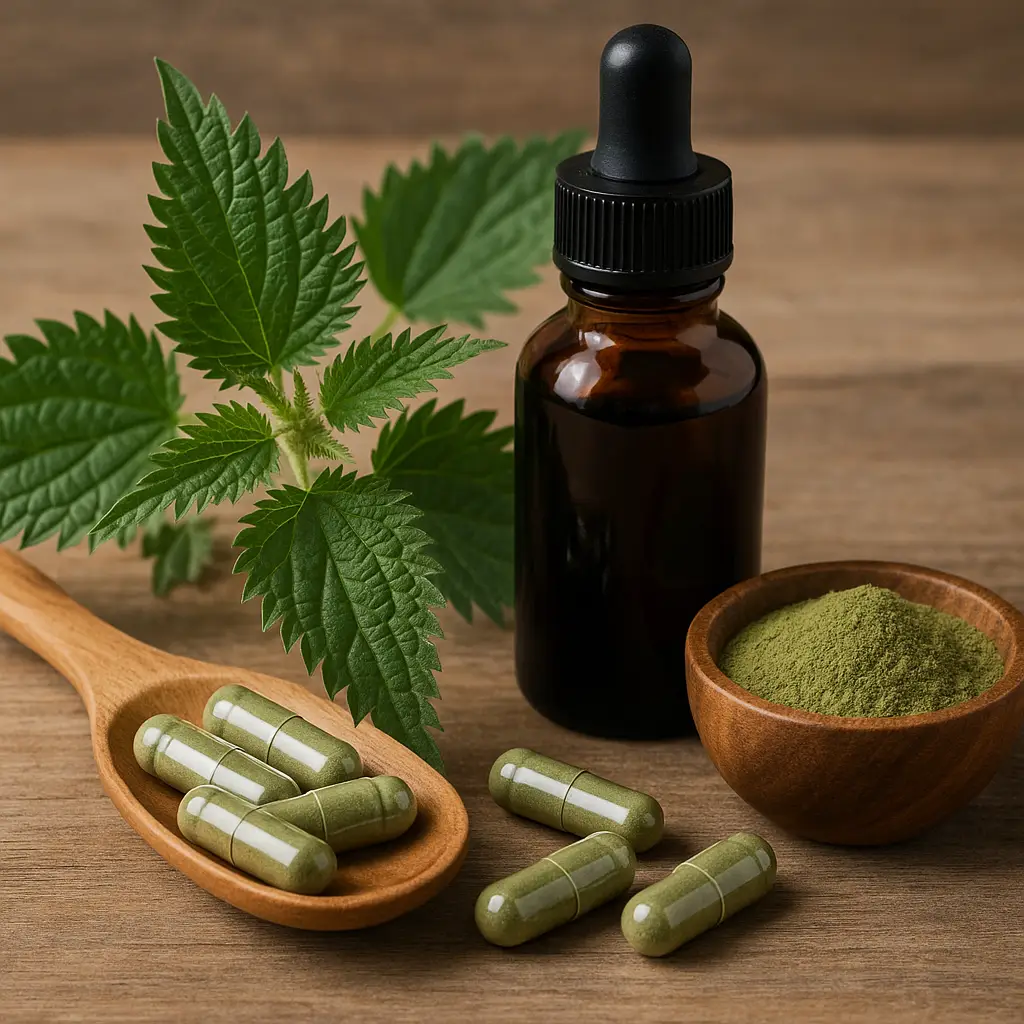
What is Stinging Nettle? Stinging nettle, scientifically known as Urtica dioica, is a perennial flowering plant native to Europe, Asia, and North America. It …
Read more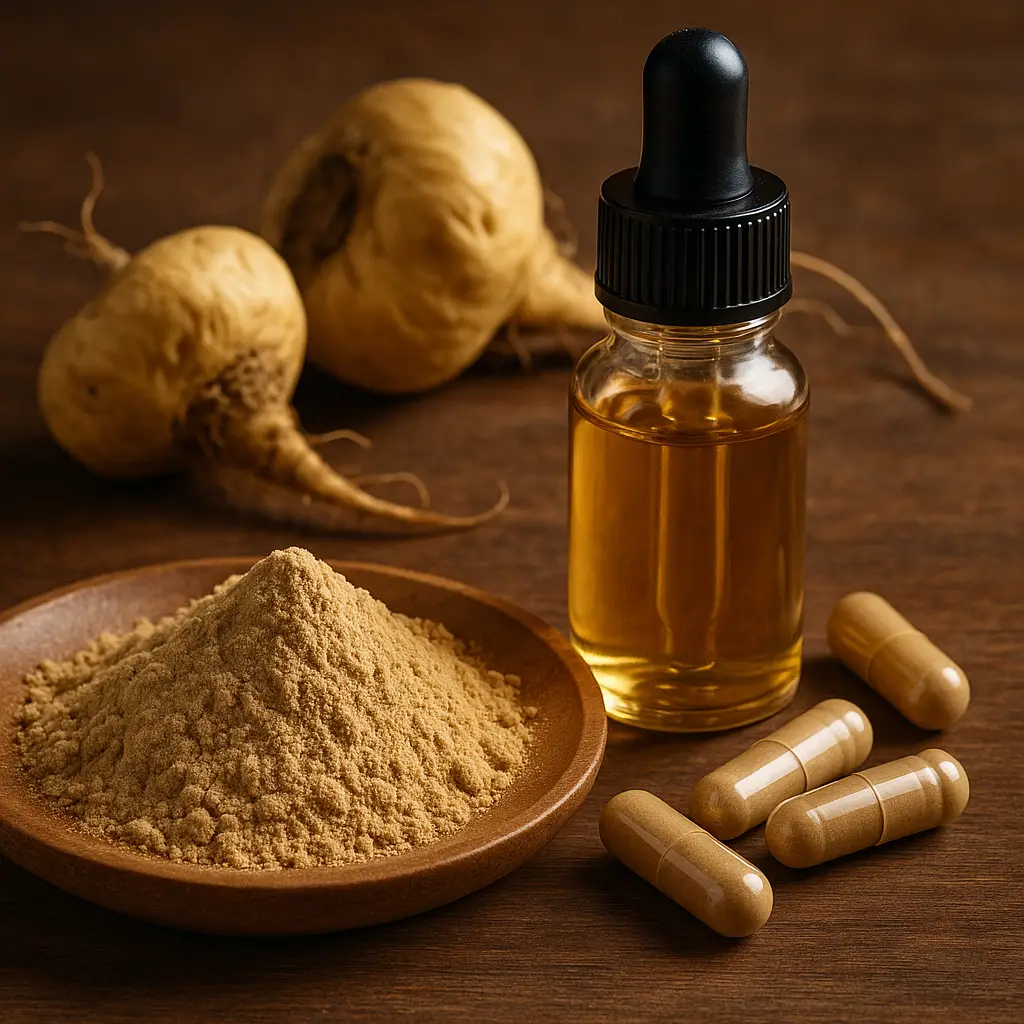
Maca, scientifically known as Lepidium meyenii, is a root vegetable that originated in the high Andes of Peru, where it has been cultivated for over 2,000 year…
Read more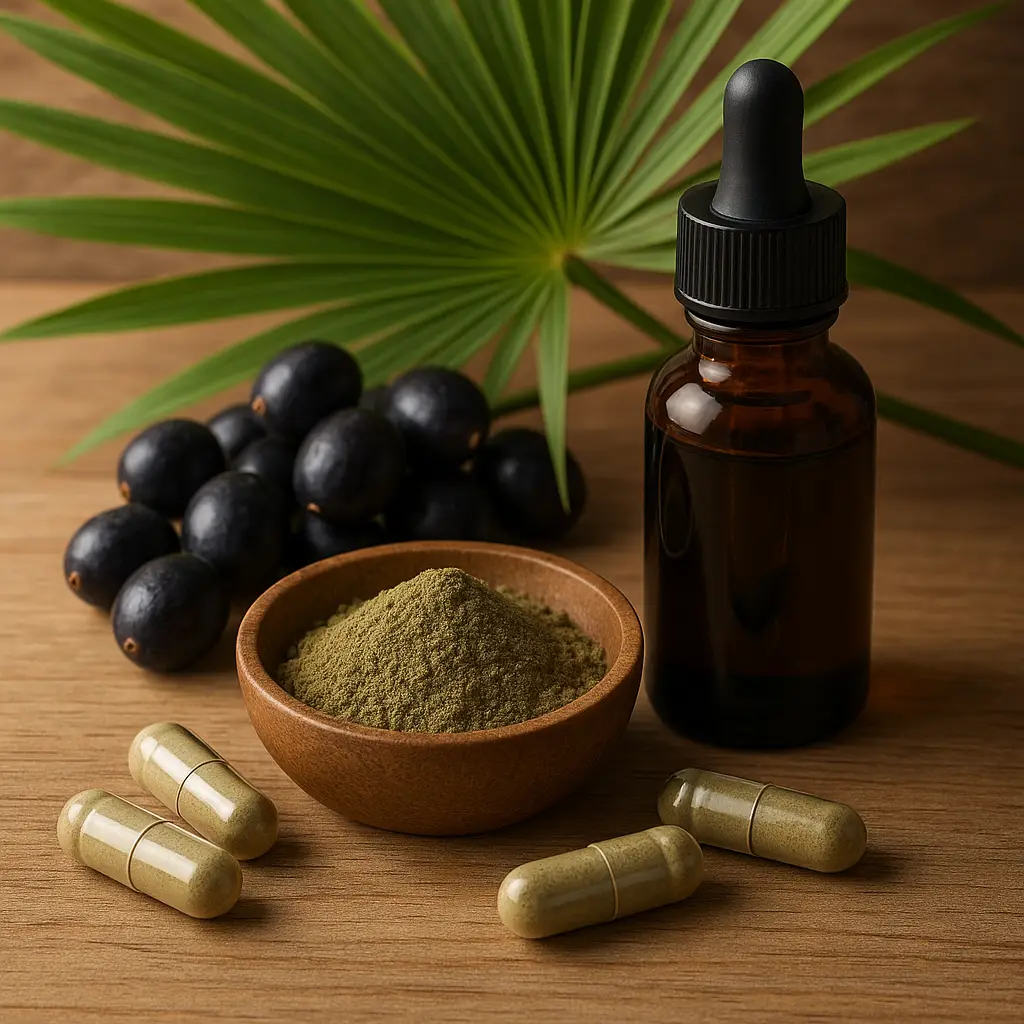
What is Saw Palmetto? Saw Palmetto, scientifically known as Serenoa repens, is a small palm tree native to the southeastern United States. The tree produces b…
Read more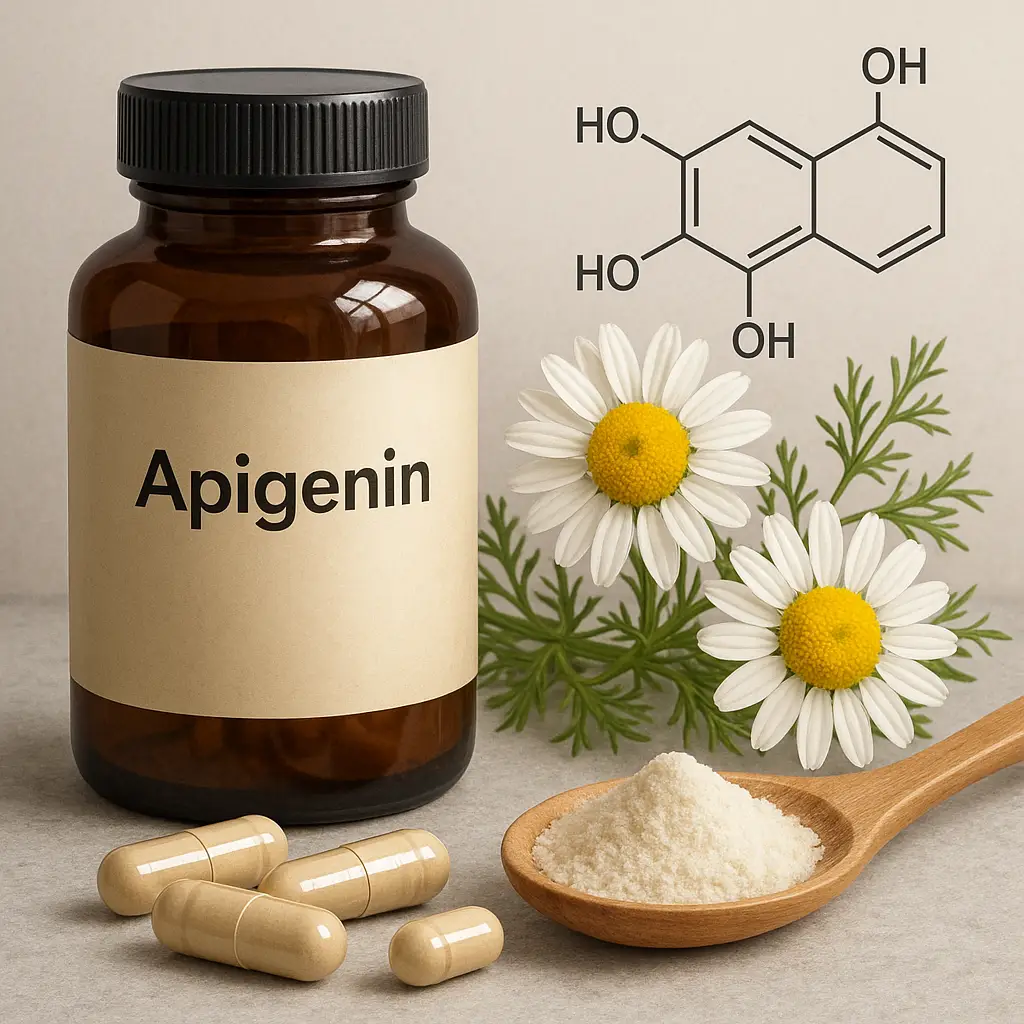
What is Apigenin? Apigenin is a natural compound belonging to the flavonoid family, which is known for its antioxidant properties. This bioactive compound is …
Read more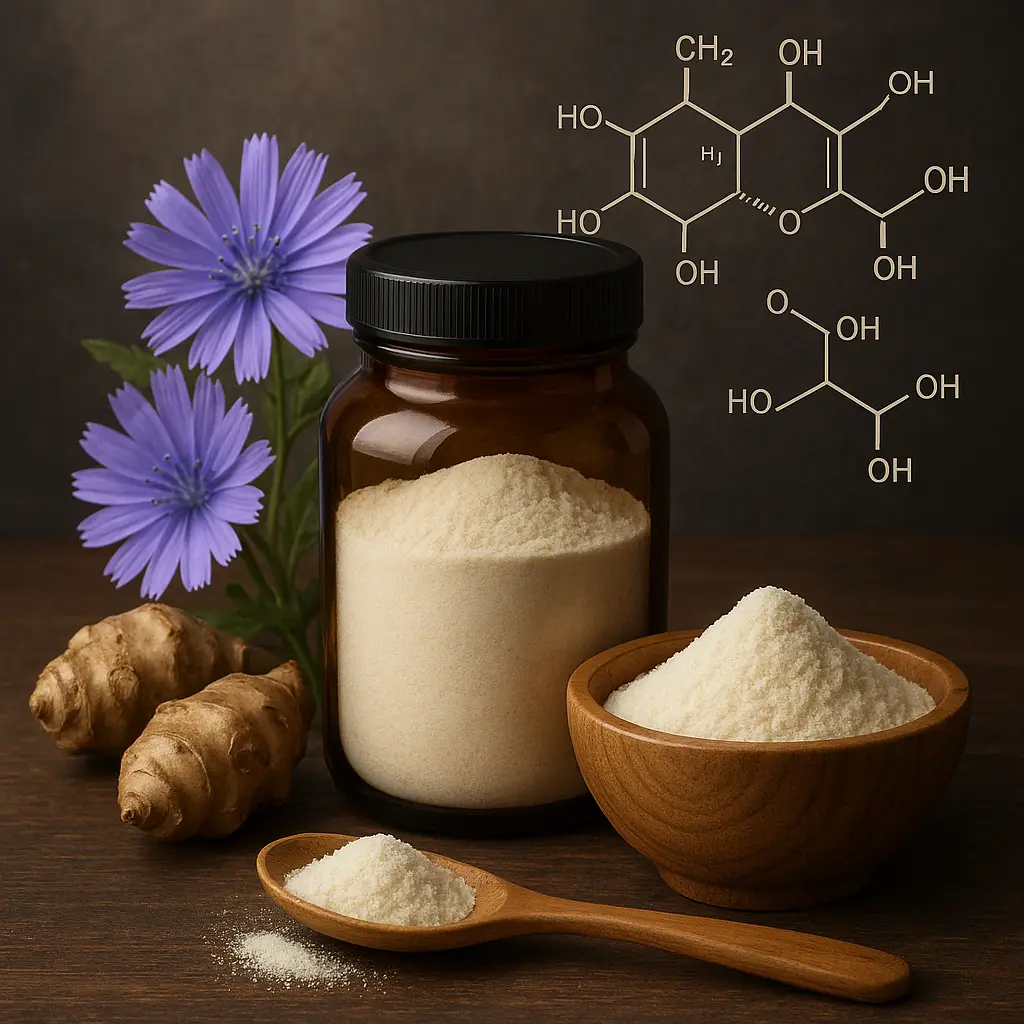
What is Inulin? Inulin is a type of soluble fiber, specifically classified as a fructan, that occurs naturally in many plants. It is composed of chains of fru…
Read more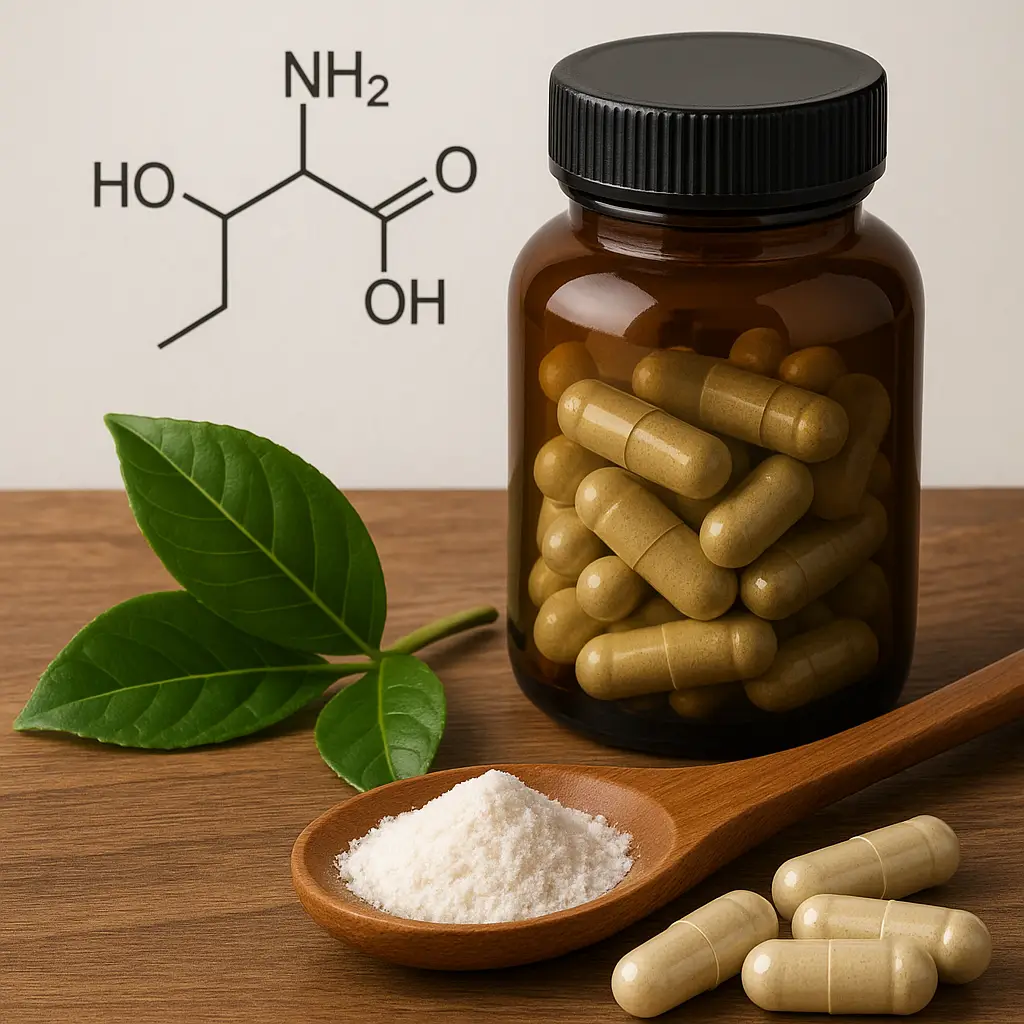
What is L-Theanine? L-Theanine is a unique amino acid primarily found in tea leaves, particularly in green tea. It is known for its potential calming and re…
Read more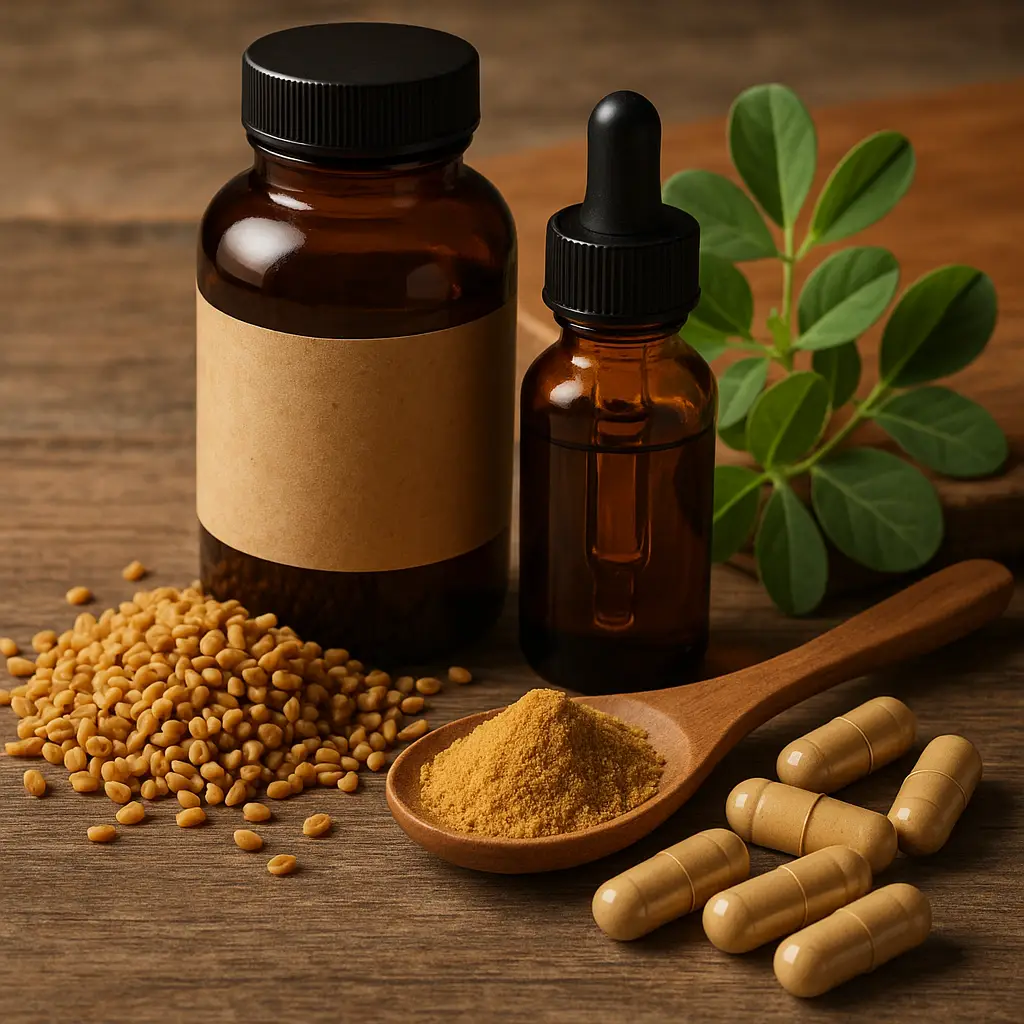
What is Fenugreek? Fenugreek, scientifically known as Trigonella foenum-graecum, is an herb that belongs to the Fabaceae family. It is native to the Mediterra…
Read more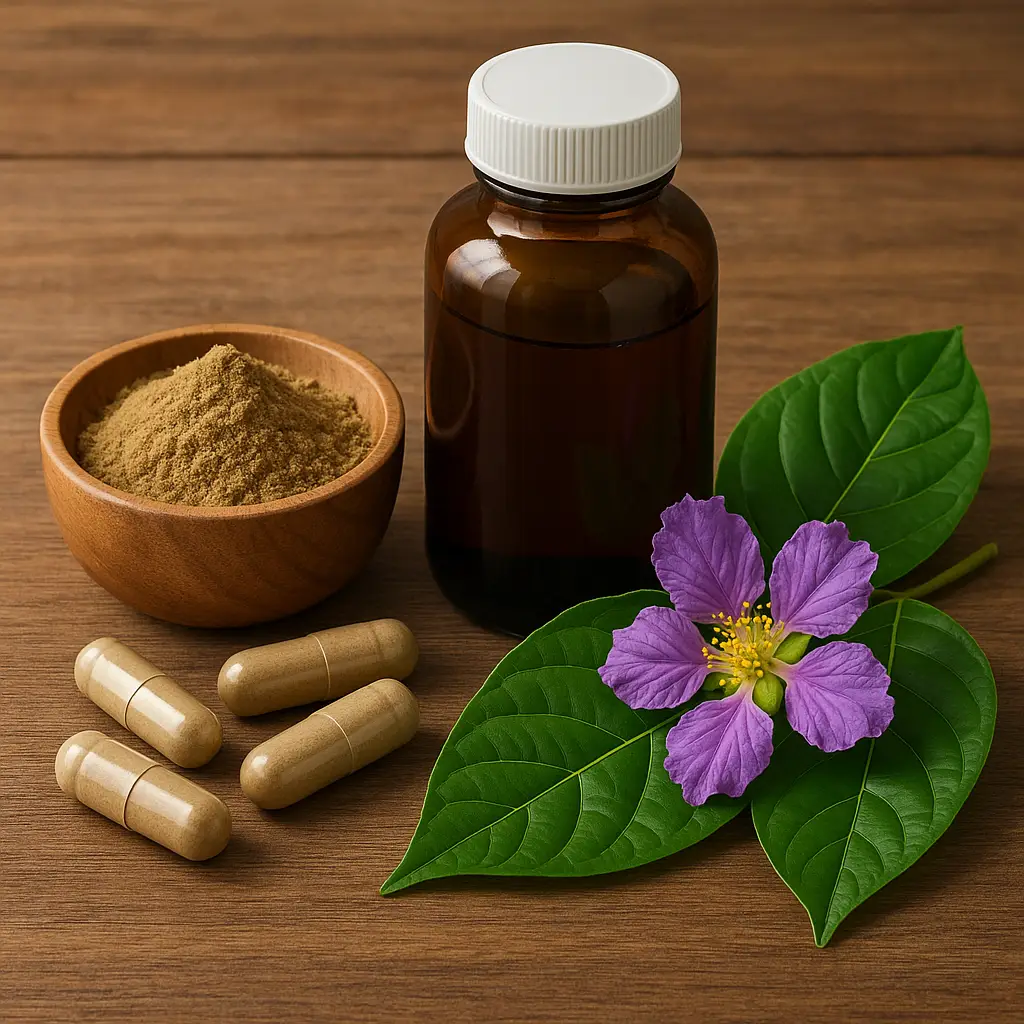
What is Banaba Leaf? Banaba leaf comes from the Lagerstroemia speciosa tree, native to Southeast Asia, particularly the Philippines, Malaysia, and Indonesia. …
Read more




